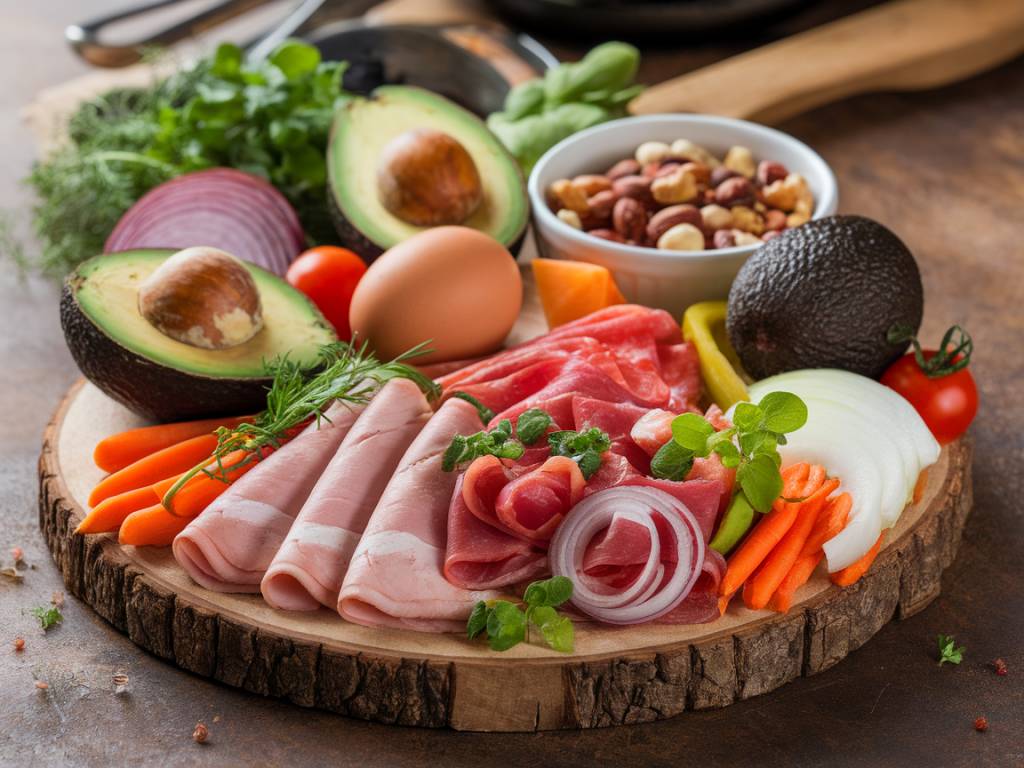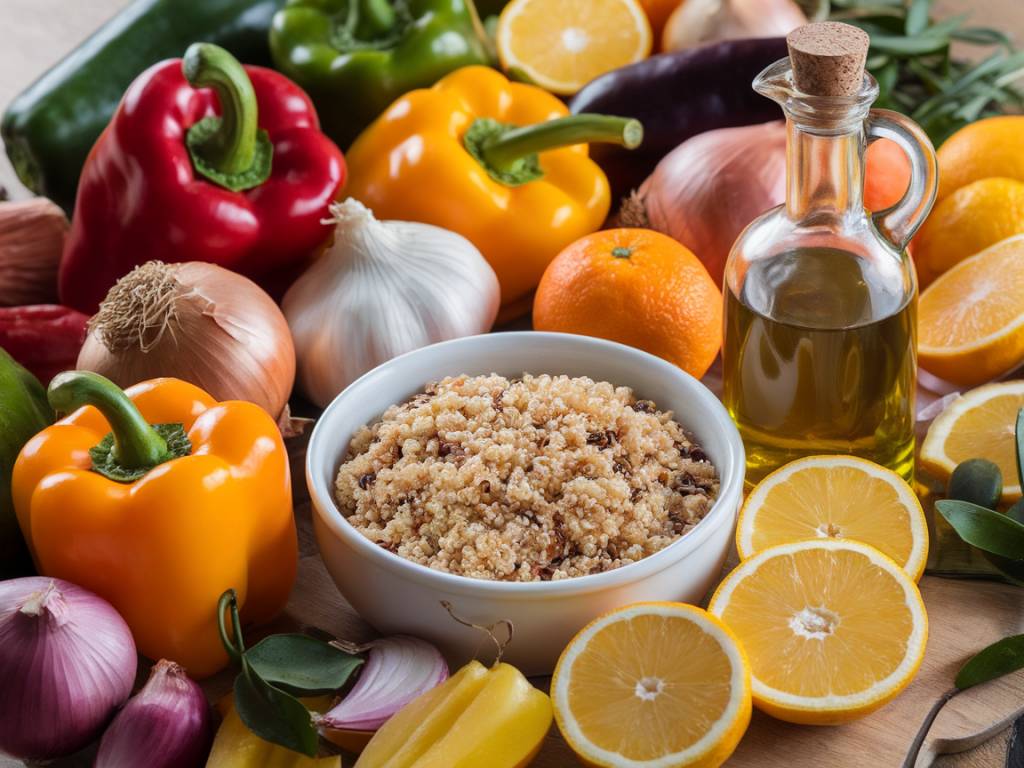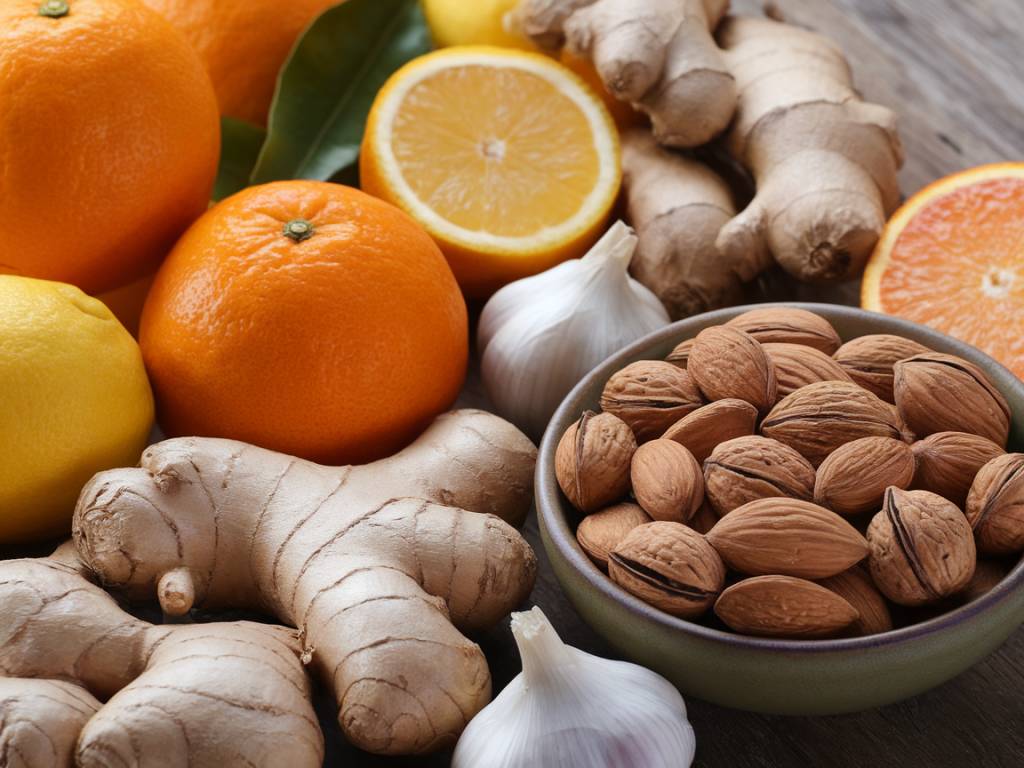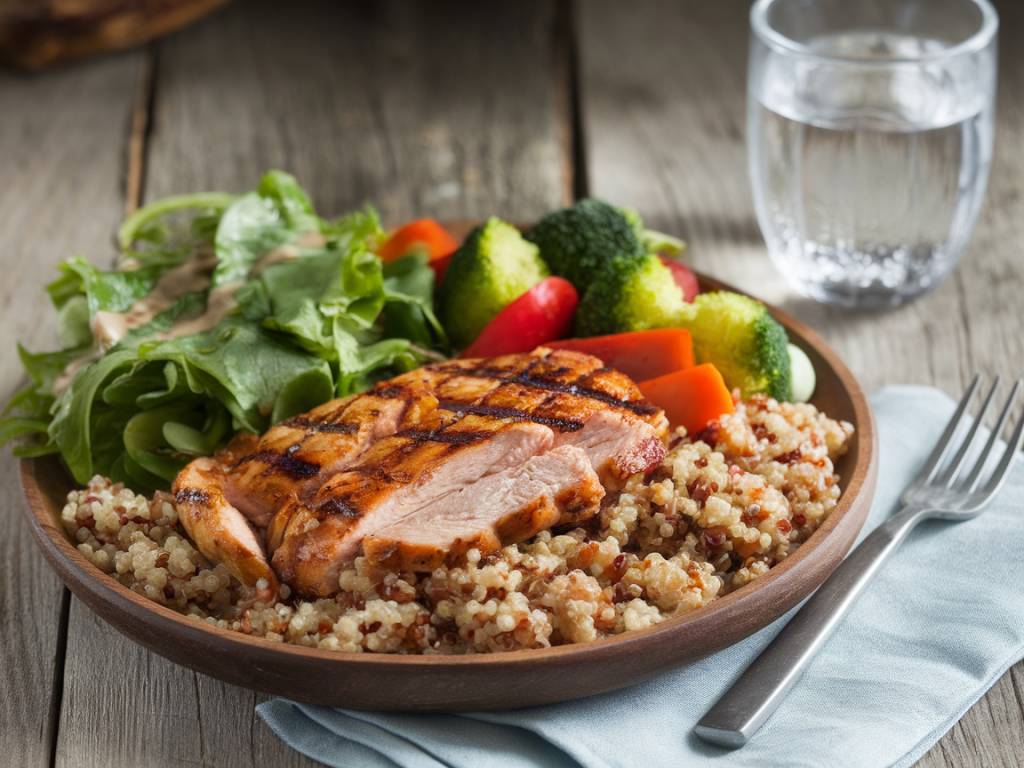What Is the Paleo Diet?
The paleo diet, also known as the « caveman diet » or « stone-age diet, » is based on the idea of eating like our ancient ancestors. It focuses on whole, unprocessed foods that were available during the Paleolithic era—long before agriculture and processed foods became the norm.
The principle is simple: our bodies are designed to thrive on the foods our hunter-gatherer ancestors ate. This means prioritizing nutrient-dense, natural foods while eliminating processed ingredients, artificial additives, and heavily refined carbohydrates.
Key Principles of the Paleo Diet
The paleo diet is built on several core principles that differentiate it from modern dietary patterns:
- Eat Whole Foods: Prioritize fresh vegetables, fruits, lean meats, fish, nuts, and seeds.
- Avoid Processed Foods: Say goodbye to refined sugars, grains, dairy, and packaged products.
- Focus on Protein: Protein-rich foods such as grass-fed meat, poultry, and seafood are staples.
- Healthy Fats Are Essential: Avocados, nuts, seeds, olive oil, and coconut oil are key sources of healthy fats.
- No Dairy or Legumes: Traditional paleo excludes dairy and legumes like beans, lentils, and peanuts.
The emphasis is on eating in a way that aligns with our evolutionary biology, leading to potential health benefits such as better digestion, improved blood sugar control, and sustained energy levels.
Benefits of the Paleo Diet
Many people turn to the paleo diet for its potential health benefits. Here’s what adopting a paleo lifestyle might do for you:
Improved Energy Levels
Because the paleo diet eliminates processed carbs and refined sugars, it helps stabilize blood sugar levels throughout the day. This can prevent energy crashes, helping you feel more vibrant and alert.
Weight Management
The high protein and healthy fat intake can promote satiety, reducing cravings and overeating. Without processed sugars and empty calories, weight loss becomes a natural outcome for many followers of the diet.
Better Digestion
Many people experience improved digestion after cutting out dairy, grains, and processed foods. A diet rich in whole foods, fiber, and healthy fats supports gut health and can reduce bloating and digestive discomfort.
Reduced Inflammation
The paleo diet is naturally anti-inflammatory due to its focus on whole foods and exclusion of inflammatory ingredients like artificial additives, trans fats, and refined oils. This can potentially benefit individuals with autoimmune conditions or joint pain.
Improved Blood Sugar Control
By eliminating refined carbohydrates and processed sugars, the paleo diet can help regulate blood sugar levels. This may be particularly beneficial for those with insulin resistance or type 2 diabetes.
Best Foods to Eat on a Paleo Diet
If you’re considering the paleo diet, here are some of the best foods to include in your meals:
Protein Sources
- Grass-fed beef
- Free-range poultry
- Wild-caught fish and seafood
- Pasture-raised eggs
Vegetables and Fruits
- Leafy greens (spinach, kale, lettuce)
- Cruciferous vegetables (broccoli, cauliflower, Brussels sprouts)
- Root vegetables (carrots, sweet potatoes, beets)
- Berries, apples, pears, and citrus fruits
Healthy Fats
- Avocados
- Nuts (almonds, walnuts, cashews)
- Seeds (chia, flax, pumpkin)
- Olive oil, coconut oil, grass-fed butter (if tolerated)
Herbs and Natural Seasonings
- Garlic, onions, basil, cilantro, parsley
- Sea salt, black pepper, turmeric, cinnamon
- Lemon juice and apple cider vinegar
Foods to Avoid
To stay true to the paleo diet, it’s important to avoid foods that were introduced with modern agriculture and food processing:
- Grains (wheat, corn, rice, oats, barley)
- Dairy (milk, cheese, yogurt, butter made from dairy)
- Legumes (beans, lentils, peanuts, soy products)
- Refined sugars (table sugar, corn syrup, artificial sweeteners)
- Processed foods (packaged snacks, frozen meals, fast food)
- Vegetable oils (soybean oil, canola oil, sunflower oil)
How to Get Started with Paleo
Switching to a paleo lifestyle might seem overwhelming at first, but small steps can make the transition much easier:
Start with Simple Swaps
Replace processed snacks with whole food options, such as swapping chips for nuts or processed cereals for eggs in the morning.
Meal Prep in Advance
Preparing paleo-friendly meals ahead of time will make it easier to stick to the diet, especially when life gets busy.
Read Labels Carefully
Many packaged foods contain hidden sugars, additives, and preservatives. Stick to whole foods as much as possible and always read ingredient lists.
Listen to Your Body
The paleo diet is not one-size-fits-all. Pay attention to how your body responds, and make adjustments as needed to feel your best.
Is the Paleo Diet Right for You?
The paleo diet can be an effective way to improve overall health, boost energy, and enhance digestion. However, it may not be suitable for everyone. Some individuals thrive on including dairy, legumes, or whole grains in their diet. It’s always a good idea to experiment and see what works best for your body.
Ultimately, paleo is about getting back to real, nourishing foods and eliminating processed junk. Whether you follow it strictly or simply incorporate its principles into your lifestyle, adopting a whole-food approach is always a smart choice for health and well-being.



